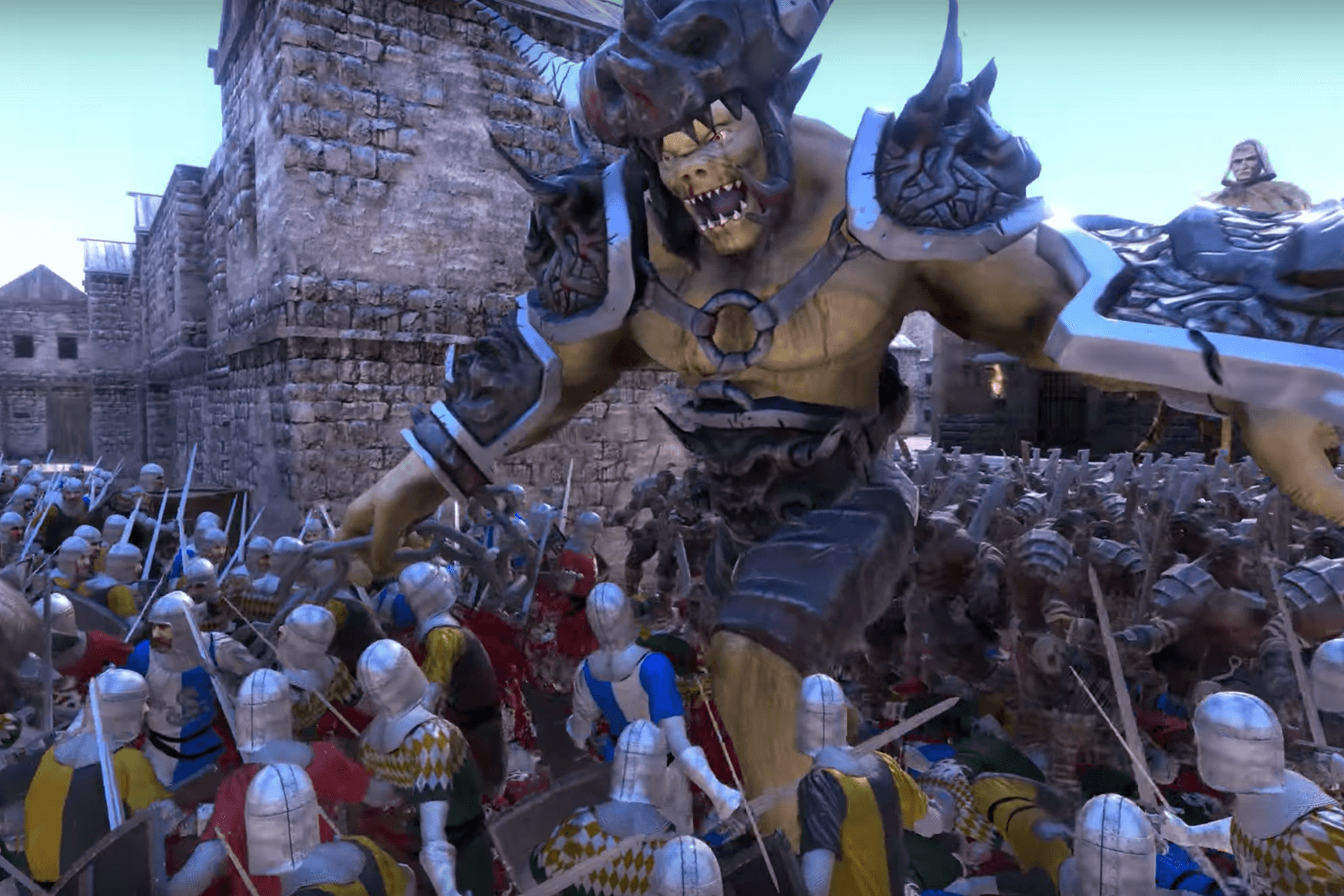Gamemaker Rob Weaver on How ‘Ultimate Epic Battle Simulator’ Has Come to Life
Pit soldiers, zombies, giant turtles, and Santa Clauses in battle
If you’re interested in gaming, you’ve probably come across Ultimate Epic Battle Simulator. The title is currently in early access on Steam, and it allows players to pit extraordinary numbers of units — from soldiers to animals to zombies to Santa Clauses — in battle against each other. The one-man architect behind the game, Rob Weaver, joined Ben Lindbergh and Jason Concepcion on Achievement Oriented to talk about how he’s built this project from scratch.
Weaver didn’t initially set out to create a battle simulator. He began working on a virtual reality title seven months ago, and that project morphed into UEBS.
“I started developing a VR game and it was going to be like an open world, kinda Robin Hood–themed game, and I really wanted to have large battles in the game,” Weaver explained. “That’s when I started investigating increasing character count and hosting epic battles in the game, and it kind of just turned into this slowly.”
How did he make such a drastic pivot? By being a one-man crew.
“That’s the beauty of working on your own, is that you can do things like that,” Weaver said. “You can just start on something and end on something completely different because often that’s when the best things happen.”
Players can put hundreds of thousands of characters onscreen at once, which is a huge challenge when Weaver is developing the game.
“This is on Unity Engine. Unity has been around for a while now, but if you’re experienced, you know that doing things the way they’ve always been done is not the way to do it because what we’re doing in the game industry now is we’re trying to improve the look of the characters, the intelligence of the AI, and all those things just end up giving you the same amount of characters each year onscreen,” he said. “So you have to kind of combine old and new technologies in order to achieve this sort of thing. I think I’ve blended the right kind of technologies together. My AI [is lacking], but a lot of sacrifices have to be made.”
To fit all those units on screen, Weaver had to take advantage of every trick he knows.
“The way characters are traditionally done in games is that they’re done with skin to meshes and bones, and so, the way a character moves typically in the game is you have these skeletons that are underneath a flexible mesh,” Weaver said. “When the skeleton moves, the mesh bends with the bones, but it’s a very slow approach, and it takes a lot of [power]. One of the reasons why it’s exponentially more difficult to get more characters is because the computer has to concentrate on all the bones inside the character, so if a character has like 100 bones, the amount of processing increases exponentially as you increase the characters. It adds up very quickly. And so, what I’ve done is just skip that process, and they’re just meshes without bones.”
And Weaver is constantly adding new types of units to the game.
“Sometimes I can have a brand-new character with unique stats in the game within hours. Sometimes it will take an entire day,” he said. “I’ve made my system as flexible as possible.”
So when will the full game be ready to download? Quite soon.
“I can’t say for sure, but my goal is around a month or under from now,” Weaver said. “If I feel it’s not ready, then I’ll delay it. But even after 1.0 [comes out], I will obviously continue to work and work and work on the game. And especially when I get to the workshop stage and add modding features and increase the shelf life of the game and make people want to continue to play it for a long time. That’s my goal.”
Listen to the full podcast here. This transcript has been edited and condensed.